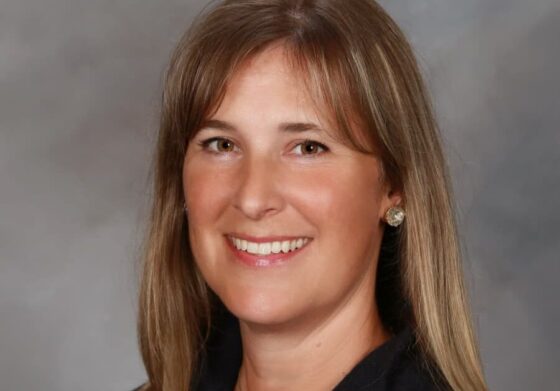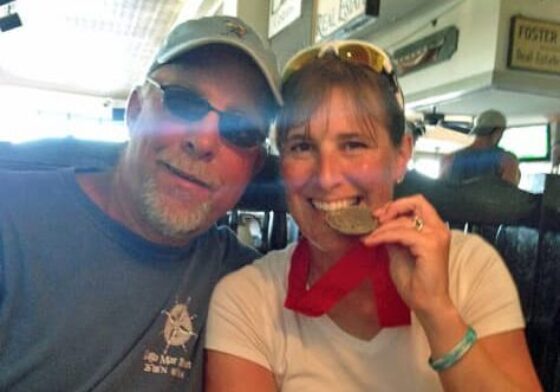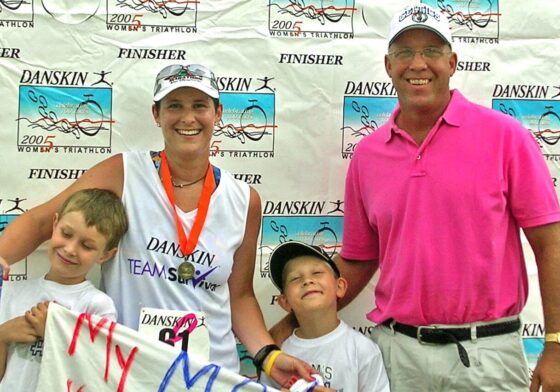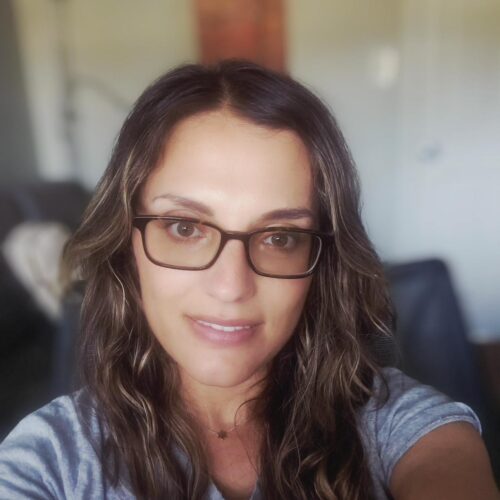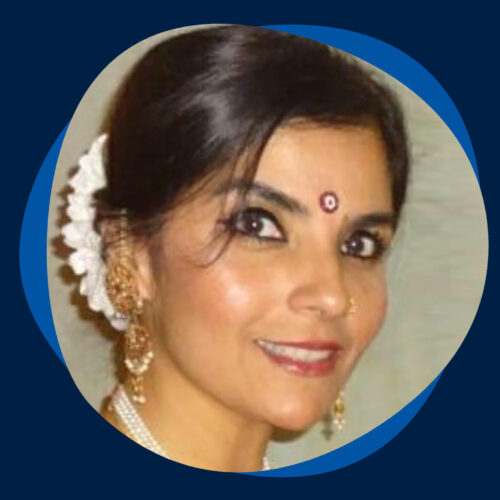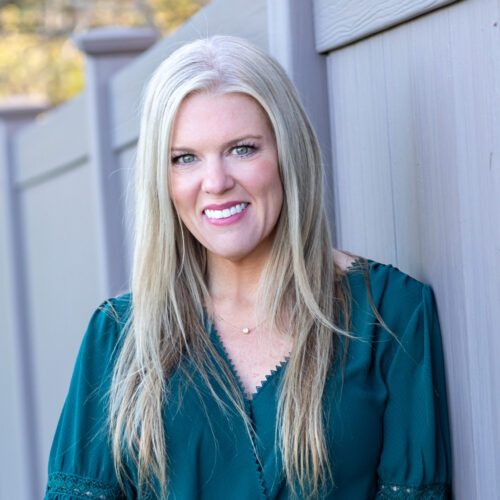I have always been diligent about my health – exercising, eating right and knowing my body are important to me. I did self-exams frequently and had the instruction card posted in the shower. One day, I thought I felt something in one of my breasts.
I didn’t have an immediate reaction – I knew it was some kind of lump but assumed it was a cyst, which I knew were common. I checked again the next week, and definitely felt a lump that time. I did some research and found descriptions of tumors – the lump I felt fit three of the four descriptions. I made a mental note to get it checked out, but with two small kids and a hectic schedule, it was on the “get to it eventually” list.
A few days later, I developed what I thought was a sinus infection with extreme symptoms. I knew I couldn’t just ignore the potential infection, and made an appointment with my primary care physician to get checked out.
“Knowing your body, paying attention to subtle symptoms, and tracking symptoms to see if they persist is essential to early diagnosis.”
During the appointment, I mentioned the lump, and also that I noticed I had been losing a lot of hair that summer. I was scheduled for a mammogram and ultrasound to investigate the lump. Less than a week later, I got a phone call saying the next step was to do a biopsy. The word “cancer” never entered any conversation, and wasn’t even a thought in my head.
I had the biopsy about two weeks after finding the lump. Ten minutes later, the doctor and nurse came back with a diagnosis: I had breast cancer. I was shocked. I was only 36. I was healthy. Thankfully I had brought a close friend to the appointment with me, who helped me process and digest the information the doctor provided.
The cancer was classified as stage 3 because of its size—it had moved into the lymph nodes but had not traveled to other organs. A week later, I had a lumpectomy and surgery to remove all the lymph nodes in my right armpit. I also did eight rounds of chemotherapy, another surgery to clean up the margins from the lumpectomy, and radiation.
My advice to anyone reading my story: do self-exams. I am adopted and have no medical history so my general practitioner recommended I get a mammogram done at 35 years old instead of 40 years old. That mammogram—less than a year before my diagnosis—was clear. I am glad I took responsibility for my own health between mammograms and was diligent about self-exams.
Knowing your body, paying attention to subtle symptoms, and tracking symptoms to see if they persist is essential to early diagnosis. I am thankful that I shared my symptoms with my doctor, and that my health care team acted quickly and efficiently to get me to a diagnosis and successful treatment. Empower yourself to know your body, and act on symptoms while they are small.
Symptoms
- lump on breast
- extreme sinus-infection symptoms
